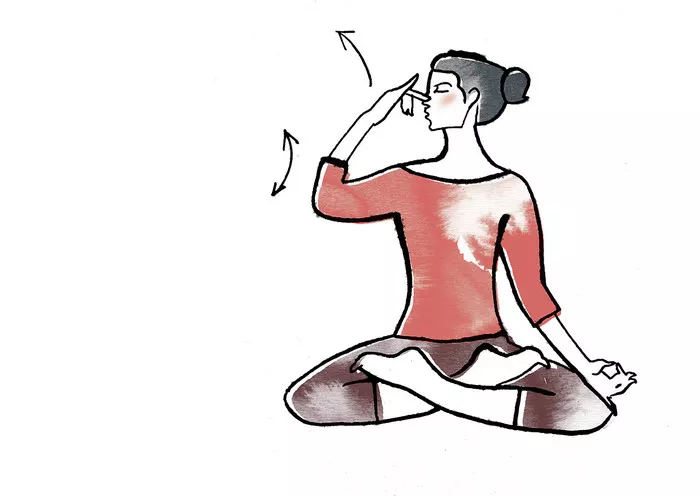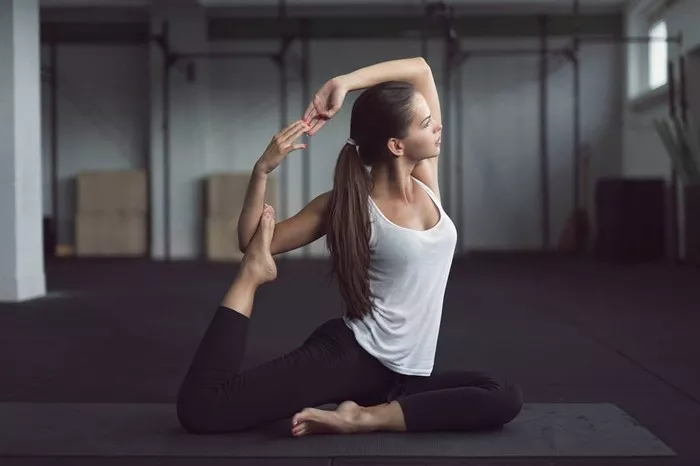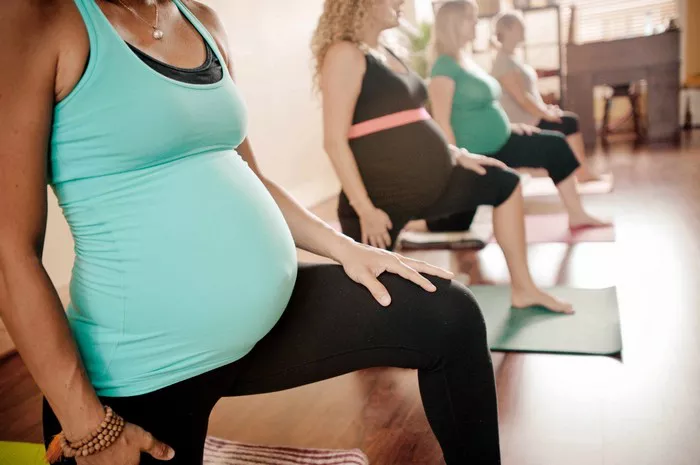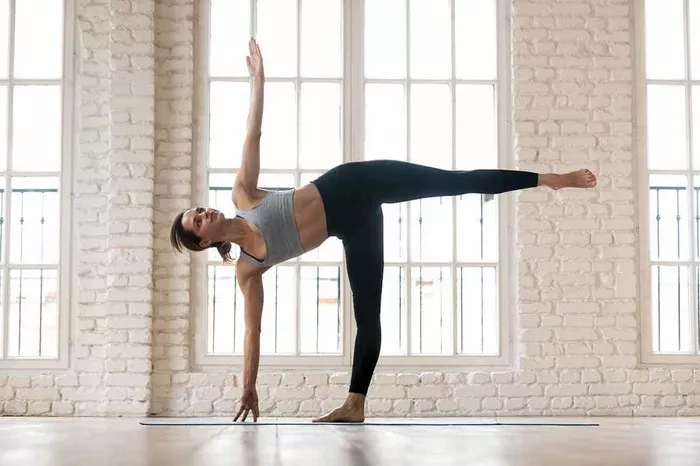Rheumatoid arthritis (RA) is a chronic autoimmune disease that primarily affects joints, leading to inflammation, pain, and eventual joint damage. Beyond physical symptoms, RA can significantly impact mental health, causing stress, anxiety, and depression. While conventional medical treatments are essential for managing RA, complementary therapies like yoga and pranayama (breath control) offer a holistic approach that addresses both physical and psychological aspects of the disease. This article explores how yoga and pranayama can be beneficial for individuals with RA, providing an in-depth understanding of practices, benefits, and scientific evidence supporting their use.
Understanding Rheumatoid Arthritis
RA is characterized by the immune system mistakenly attacking the synovium—the lining of the membranes that surround joints. This causes inflammation, which can lead to the thickening of the synovium and destruction of cartilage and bone within the joint. Common symptoms include joint pain, swelling, stiffness, and loss of joint function. RA can also cause systemic effects, impacting organs such as the lungs, heart, and eyes.
See Also: Kumbhaka Pranayama (Breath Retention)
Conventional Treatment Options
Traditional treatments for RA include medications such as nonsteroidal anti-inflammatory drugs (NSAIDs), corticosteroids, disease-modifying antirheumatic drugs (DMARDs), and biologic agents. While these medications are crucial for managing inflammation and slowing disease progression, they often come with side effects and do not fully address the psychosocial dimensions of the disease.
The Role of Yoga and Pranayama
Yoga, an ancient practice that originated in India, combines physical postures (asanas), breath control (pranayama), and meditation to promote overall well-being. For individuals with RA, yoga offers a gentle form of exercise that can enhance flexibility, strength, and balance, while pranayama can help manage pain and stress through controlled breathing techniques.
Benefits of Yoga for Rheumatoid Arthritis
Physical Benefits
Improved Flexibility and Joint Mobility: Regular practice of yoga asanas can help maintain and improve the range of motion in affected joints. Gentle stretching and movement can reduce stiffness and promote better joint function.
Enhanced Muscle Strength: Strong muscles support and protect joints. Yoga poses that involve holding weight-bearing positions can strengthen the muscles surrounding the joints, thus reducing the burden on the joints themselves.
Better Balance and Coordination: Balance poses in yoga can help improve proprioception and coordination, which are often impaired in individuals with RA. Enhanced balance reduces the risk of falls and injuries.
Reduced Pain and Inflammation: Some studies suggest that regular yoga practice can lower levels of inflammatory markers in the body, potentially reducing pain and inflammation associated with RA.
Psychological Benefits
Stress Reduction: The meditative aspects of yoga, combined with pranayama, promote relaxation and stress reduction. Lower stress levels can lead to a decrease in overall disease activity, as stress is known to exacerbate RA symptoms.
Improved Mental Health: Yoga practice has been shown to improve symptoms of anxiety and depression, common in individuals with chronic pain conditions like RA. The practice promotes mindfulness and a sense of well-being.
Better Sleep: Many people with RA experience sleep disturbances due to pain and discomfort. Yoga can improve sleep quality by promoting relaxation and reducing physical discomfort.
Pranayama: Harnessing the Power of Breath
Pranayama involves a variety of breathing techniques that can influence physiological and psychological states. For individuals with RA, pranayama offers several benefits:
Types of Pranayama
Anulom Vilom (Alternate Nostril Breathing): This technique balances the nervous system and reduces stress, which can help in managing pain and inflammation.
Ujjayi (Ocean Breath): Ujjayi involves a slight constriction of the throat to create a gentle sound during breathing. This technique promotes calmness and can help reduce pain perception.
Bhramari (Bee Breath): Bhramari involves making a humming sound during exhalation. This practice can help reduce anxiety and promote relaxation.
Kapalabhati (Skull Shining Breath): Kapalabhati is a more vigorous breathing technique that involves forceful exhalations. It helps in detoxifying the body and energizing the mind.
Benefits of Pranayama for RA
Pain Management: Controlled breathing techniques can activate the parasympathetic nervous system, promoting relaxation and reducing the perception of pain.
Reduced Inflammation: Some studies suggest that pranayama can lower levels of pro-inflammatory cytokines in the body, helping to reduce inflammation.
Enhanced Lung Function: Pranayama improves lung capacity and respiratory efficiency, which is particularly beneficial for individuals with RA who may experience lung involvement.
Emotional Stability: Pranayama promotes emotional regulation, helping individuals cope with the emotional challenges of living with a chronic illness.
Scientific Evidence Supporting Yoga and Pranayama for RA
Clinical Studies on Yoga
Several clinical studies have explored the effects of yoga on individuals with RA:
A study published in the Journal of Rheumatology found that participants who engaged in a six-week yoga program reported significant improvements in joint tenderness, swelling, and pain. They also noted enhanced physical function and reduced disability.
Research in the International Journal of Yoga Therapy highlighted that individuals with RA who practiced yoga experienced reductions in inflammatory markers such as C-reactive protein (CRP) and interleukin-6 (IL-6).
Clinical Studies on Pranayama
The benefits of pranayama for RA have also been documented:
A study in the Journal of Alternative and Complementary Medicine demonstrated that pranayama techniques significantly improved pain tolerance and reduced perceived pain intensity in individuals with chronic pain conditions, including RA.
Another study published in the Indian Journal of Physiology and Pharmacology found that pranayama practices led to a significant reduction in stress levels and improved overall quality of life for individuals with RA.
Practical Guidelines for Practicing Yoga and Pranayama with RA
Getting Started
Consult with Healthcare Providers: Before starting a yoga or pranayama practice, it is important to consult with healthcare providers to ensure it is safe and appropriate based on individual health status and disease activity.
Find a Qualified Instructor: Working with a qualified yoga instructor who has experience with chronic conditions like RA can ensure that practices are adapted to individual needs and limitations.
Start Slowly: Begin with gentle yoga poses and basic pranayama techniques. Gradually increase the intensity and duration of practice as comfort and capability improve.
Recommended Yoga Poses
Cat-Cow Stretch (Marjariasana-Bitilasana): This gentle flowing movement helps improve flexibility and reduces stiffness in the spine and hips.
Child’s Pose (Balasana): A restorative pose that promotes relaxation and stretches the back, hips, and shoulders.
Tree Pose (Vrksasana): A balance pose that strengthens the legs and improves stability.
Seated Forward Bend (Paschimottanasana): This pose stretches the hamstrings, lower back, and spine. It can be modified with a bolster or blanket to reduce strain.
Supported Bridge Pose (Setu Bandhasana): This gentle backbend opens the chest and strengthens the back and legs. Using a block for support can make it more accessible.
Recommended Pranayama Practices
Anulom Vilom (Alternate Nostril Breathing): Practice for 5-10 minutes daily to balance the nervous system and reduce stress.
Ujjayi (Ocean Breath): Incorporate Ujjayi breathing during yoga practice or as a standalone practice for 5-10 minutes to promote calmness.
Bhramari (Bee Breath): Practice Bhramari for 5 minutes daily to reduce anxiety and promote relaxation.
Kapalabhati (Skull Shining Breath): Practice in the morning for 5 minutes to energize the body and mind.
Precautions and Considerations
Listen to Your Body
Individuals with RA should always listen to their bodies and avoid pushing through pain. Modifying poses and taking breaks as needed can prevent exacerbation of symptoms.
Avoid High-Impact Activities
High-impact yoga poses or vigorous pranayama techniques may not be suitable for everyone with RA. Opt for gentle and restorative practices that do not strain the joints.
Use Props and Supports
Props such as blocks, straps, bolsters, and blankets can make yoga poses more accessible and comfortable. They can provide support and reduce strain on the joints.
Practice Consistency
Consistency is key to reaping the benefits of yoga and pranayama. Aim for regular practice, even if it is for shorter durations, rather than sporadic longer sessions.
Conclusion
Yoga and pranayama offer a holistic approach to managing rheumatoid arthritis, addressing both physical and psychological aspects of the disease. Through gentle movement, controlled breathing, and mindfulness, individuals with RA can experience improved flexibility, reduced pain, and enhanced mental well-being. While these practices should complement, not replace, conventional medical treatments, they provide valuable tools for improving the quality of life. As research continues to uncover the benefits of integrative therapies, yoga and pranayama stand out as effective, accessible, and empowering options for those living with rheumatoid arthritis.



















